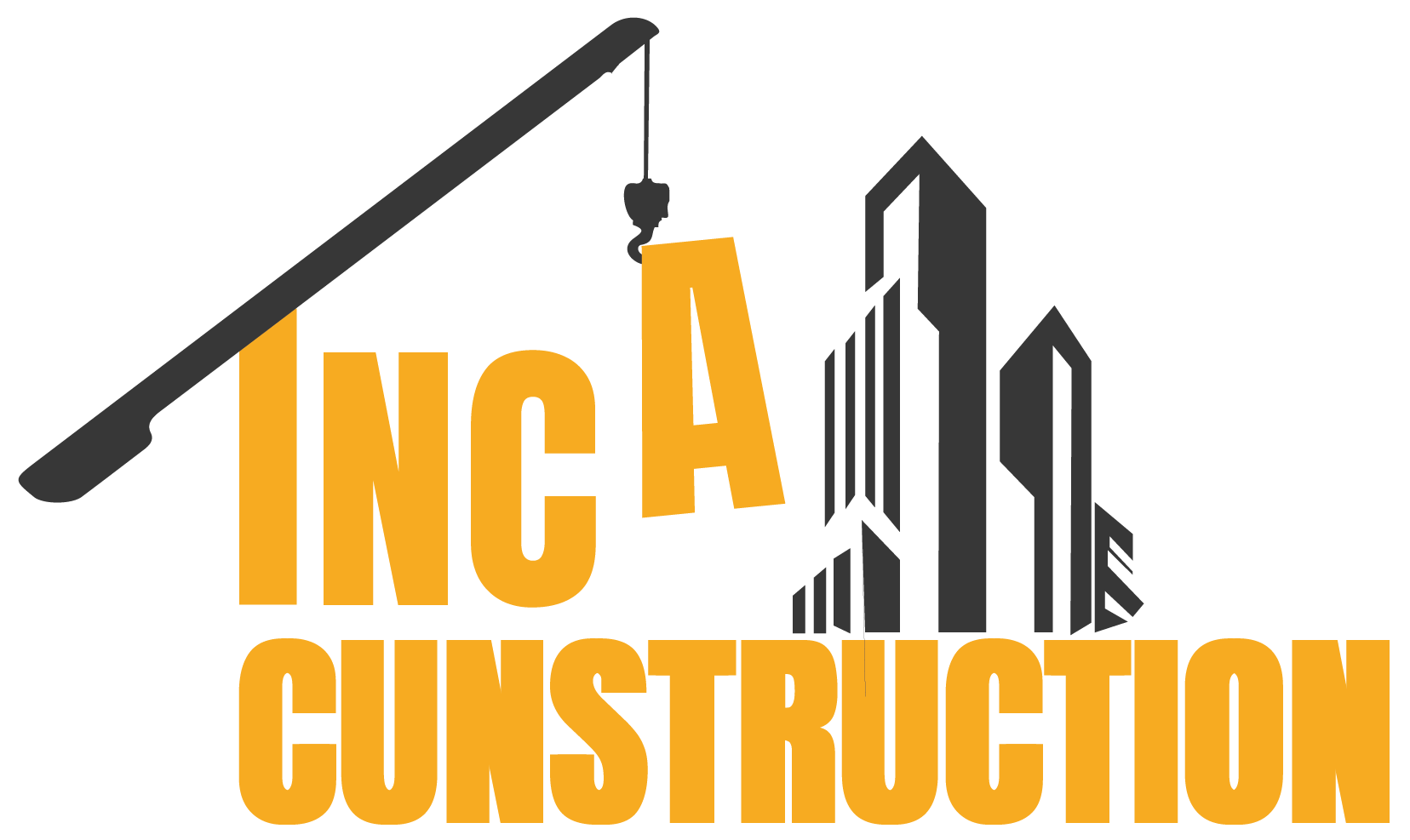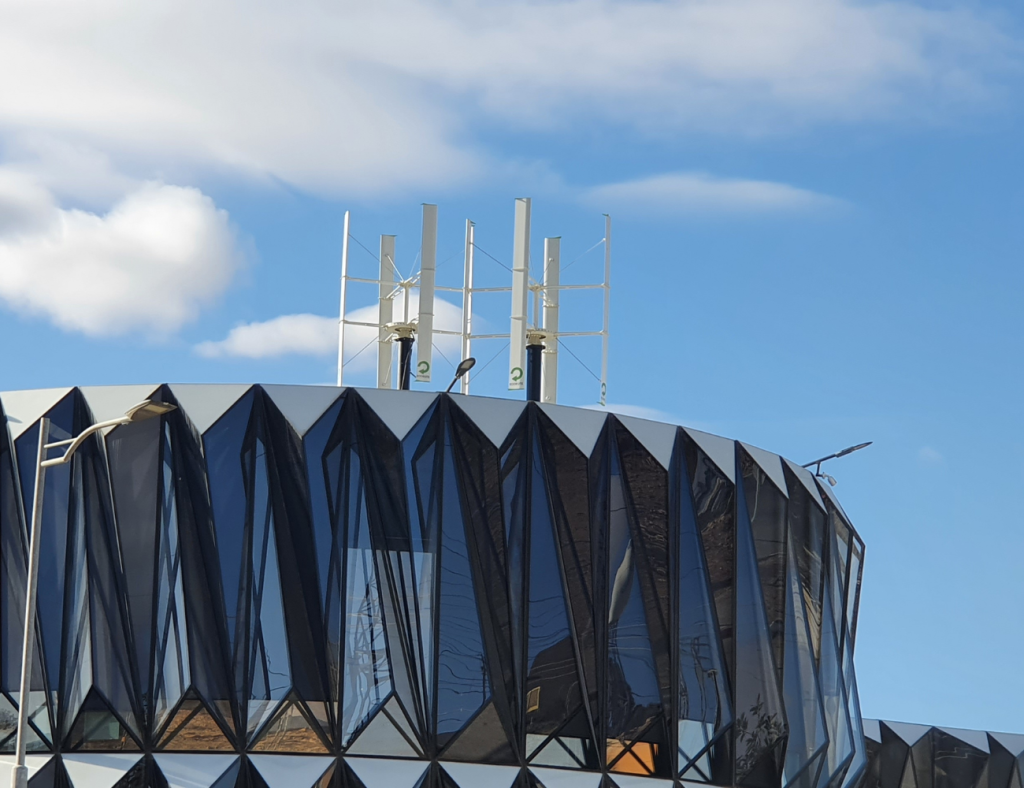As the world shifts toward sustainable living and carbon-neutral practices, architects and engineers are exploring innovative ways to integrate renewable energy directly into the built environment. One of the most promising approaches is wind energy architecture—the design of buildings that can capture and harness wind power as a functional and aesthetic part of their structure.
In this article, we’ll dive into how architecture is evolving to include wind energy systems, the technologies involved, and real-world examples of buildings that turn wind into power.
🌬️ What Is Wind Energy Architecture?
/https://tf-cmsv2-smithsonianmag-media.s3.amazonaws.com/filer/83/be/83be74ab-c055-4321-acbe-6d2ac40325bb/_rx_7980a.jpg)
Wind energy architecture refers to the incorporation of wind turbines or wind-harvesting structures into building design to generate on-site electricity. Rather than relying solely on centralized wind farms, buildings themselves become active participants in renewable energy production.
This can be achieved through:
-
Small-scale horizontal or vertical-axis wind turbines (VAWTs)
-
Architectural forms that channel or amplify wind flow
-
Integrated façades and rooftop installations
-
Kinetic or responsive building elements
By embedding wind energy systems into the architectural fabric, these designs support energy efficiency, reduce carbon footprints, and promote a more resilient urban infrastructure.
🏙️ Why Integrate Wind Energy into Buildings?
✅ 1. On-site Renewable Energy Generation
Wind-integrated buildings can produce a portion of their own electricity, reducing dependence on fossil fuels and lowering utility costs.
✅ 2. Sustainability and LEED Certification
Incorporating wind energy helps buildings earn points toward green certifications like LEED, BREEAM, or WELL.
✅ 3. Aesthetic and Functional Innovation
Modern designs can make wind turbines an eye-catching feature, combining beauty with function.
✅ 4. Urban Energy Solutions
With limited land for wind farms in dense cities, architectural wind energy offers an urban-friendly alternative for clean energy.
🔄 Types of Wind Turbines for Buildings
🌀 Vertical-Axis Wind Turbines (VAWTs)
-
Spin around a vertical axis
-
Work well with turbulent, multidirectional urban winds
-
Quiet and compact, ideal for rooftops or integrated designs
💨 Horizontal-Axis Wind Turbines (HAWTs)
-
More efficient at higher wind speeds, but require specific wind direction
-
Typically used in open areas or tall rooftops
🔧 Architectural Wind Systems
-
Integrated into the shape or skin of a building
-
Use curved façades, wind tunnels, or aerodynamic forms to funnel and amplify wind flow
🏗️ Architectural Design Strategies for Wind Integration
-
Wind Channeling Structures
-
Use building orientation and form to direct wind into turbines
-
Examples: wind tunnels between towers, aerodynamic fins, open atriums
-
-
Turbine Placement and Visibility
-
Position turbines on rooftops, between building gaps, or along façades
-
Make turbines visible as a symbol of sustainability
-
-
Smart Systems and Monitoring
-
Connect turbines to building management systems (BMS) to track performance and adjust energy use accordingly
-
-
Noise and Vibration Control
-
Use dampers, insulation, and quiet turbine designs to minimize disruption in residential or office environments
-
-
Modular or Retrofitted Systems
-
Add wind turbines to existing buildings using lightweight, modular designs
-
🏢 Real-World Examples of Wind Energy Architecture
🌇 Bahrain World Trade Center (Bahrain)
-
Features three large wind turbines mounted between two sail-shaped towers
-
Turbines generate up to 15% of the building’s energy needs
🌬️ Pearl River Tower (China)
-
Designed with ventilation openings to channel wind through the building
-
Houses integrated turbines in these wind corridors for power generation
🌁 Strata SE1 (London, UK)
-
A high-rise residential building with three rooftop wind turbines
-
Aims to supply a portion of the building’s electrical needs
🏙️ Portland State University Urban Center (USA)
-
Installed vertical-axis wind turbines on its roof as part of its sustainability initiative
⚙️ Challenges and Considerations
While wind energy integration is promising, there are important challenges to consider:
-
Variable Wind Speeds: Urban wind can be unpredictable, limiting consistent energy output.
-
Aesthetics vs. Performance: Balancing design appeal with functional turbine placement.
-
Maintenance and Durability: Turbines require upkeep and must withstand harsh weather.
-
Upfront Costs: Installation can be expensive, though long-term energy savings may offset costs.
🌱 Wind Energy and the Future of Sustainable Design
As buildings become more than passive structures and evolve into active energy producers, wind energy architecture plays a vital role in creating net-zero and energy-positive buildings.
📌 Combined with:
-
Solar panels
-
Green roofs
-
Battery storage
-
Smart energy systems
Wind integration supports the vision of self-sufficient, resilient, and eco-friendly buildings—especially in cities where land for large wind farms is scarce.
🧭 Conclusion: Building a Greener Future with Wind
Wind energy architecture represents the convergence of design, engineering, and sustainability. By capturing the natural energy that flows around us, buildings can reduce their environmental impact while standing as symbols of innovation and climate responsibility.
From iconic skyscrapers to community buildings, the future of architecture isn’t just about form and function—it’s about generating clean energy and leading the charge toward a more sustainable world.
💨 With every breeze, we move one step closer to a greener skyline.

